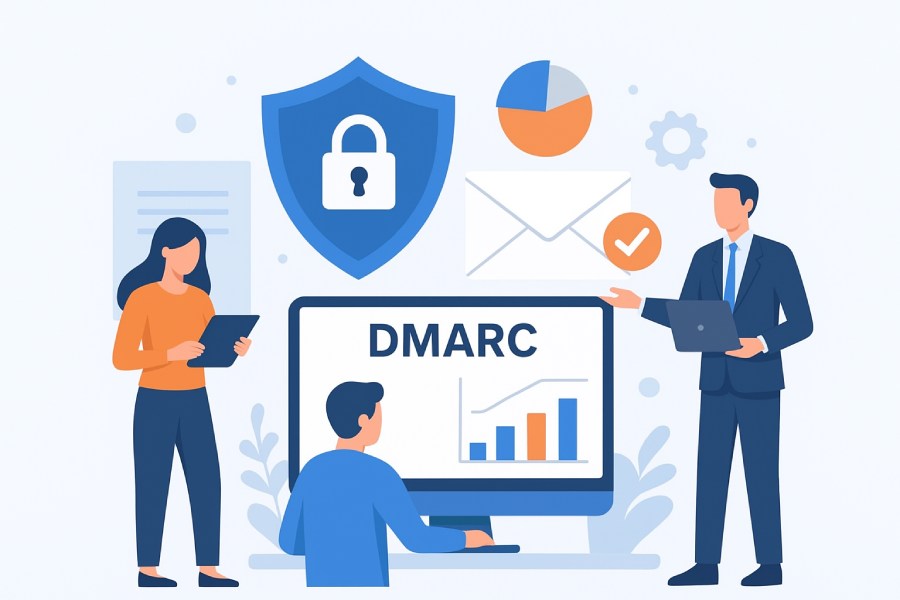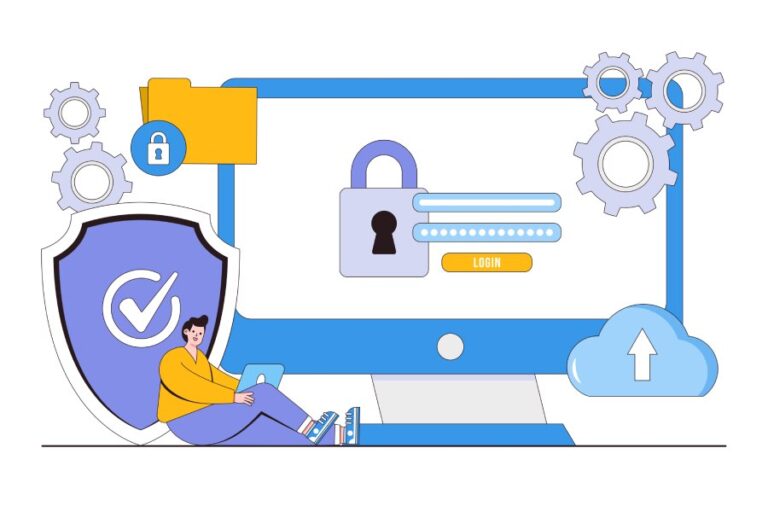Email Security Meets Cybersecurity. Understanding the Role of DMARC Reports
Email has become an integral part of our everyday lives. Both personal and professional. Yet, the simplicity that makes it vital makes it one of the most vulnerable routes for fraudsters. Email is still a popular attack vector, from phishing and business email compromise to large-scale domain spoofing. So, obviously, safeguarding it involves more than just spam filters and antivirus software.
At the heart of modern email security lies DMARC. The last one is a protocol that helps organizations understand and control how their domain is being used across the internet. DMARC reports not only detect unauthorized senders but also show which servers and IP addresses are legitimate. It can do so by sending messages on behalf of your domain. When properly analyzed, these reports reveal valuable insights that enable organizations to react more quickly to threats and protect their users. Also, to build trust in digital communication.
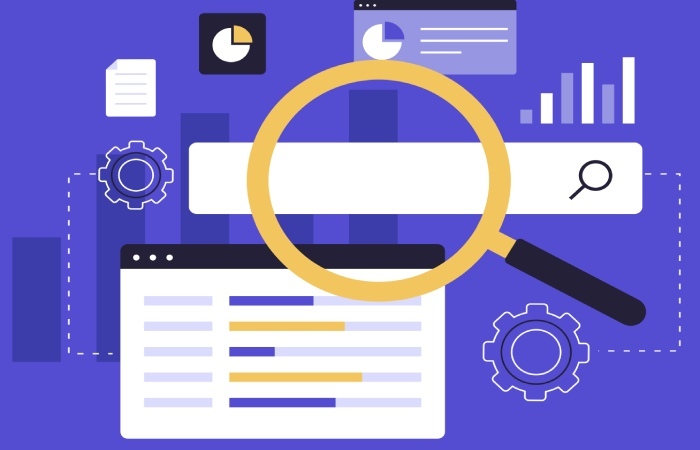
Understanding DMARC. What It Does and Why It Matters
DMARC is an acronym for Domain-based Message Authentication, Reporting, and Conformance. It is designed to give domain owners greater control over their emails. Precisely, how they are authenticated and delivered builds upon two existing technologies. They are SPF and DKIM. SPF is a Sender Policy Framework. DKIM is Domain Keys Identified Mail. With their help, verification results are combined into a single, unified policy.
Simply put, DMARC instructs receiving mail servers on how to handle emails. We mean when a message fails authentication tests. Domain administrators can determine whether they should send, quarantine, or deny such messages entirely. The benefits are significant. These are fewer fake emails, a stronger brand reputation, and better protection for consumers and partners.
When combined with other authentication mechanisms, DMARC forms part of a multilayered defense approach that improves the integrity of email communication. It turns what was once a reactive procedure into a proactive defense against impersonation and phishing attempts.
From Data to Insight: Making Sense of DMARC Reports
DMARC generates reports — usually in XML format — that summarize authentication activity across all mail sent from a given domain. Each report includes complete information on message origins, IP addresses, authentication results, and policy alignments. At first glance, these files may appear unduly technical or complicated. However, they contain a significant amount of actionable intelligence.

Organizations that scrutinize this data can identify trends and abnormalities early. The overall method is collecting and analyzing aggregate (RUA) reports, normalizing the data, categorizing the findings by IP or subdomain, and comparing them against SPF and DKIM results. Tracking success rates and identifying odd surges helps pinpoint illegal senders or infrastructure misconfigurations before they cause significant damage.
A properly maintained list of trusted mail sources enables the distinction between genuine and suspect correspondence. Over time, this discipline provides a clearer understanding of the following. How does the domain operate? How might it be abused?
Why Automation Matters: The Value of DMARC Monitoring Services
Manually processing DMARC reports becomes impractical for large enterprises or brands with several third-party senders. This is where DMARC monitoring services come in. These solutions automate data collection and processing. They also automate visualization. This occurs because complex XML files are transformed into user-friendly dashboards that display patterns and abnormalities.

Modern monitoring tools provide the following features.
- Automatic detection of new or unauthorized senders;
- Recommendations for SPF and DKIM configuration;
- Historical analytics to measure the impact of policy changes;
- Integration with broader security ecosystems. For instance, SIEM platforms.
This level of automation allows for:
- Faster incident response;
- More accurate policy enforcement;
- A consistent view of how well your domain is secured over time.
It also enables IT and security professionals to prioritize strategy over manual data processing.
Integrate DMARC into a Broader Security Framework
Implementing DMARC is not a one-step project. It is a continuous process. The last one should align with your organization’s cybersecurity strategy. A phased rollout is typically the most effective approach.
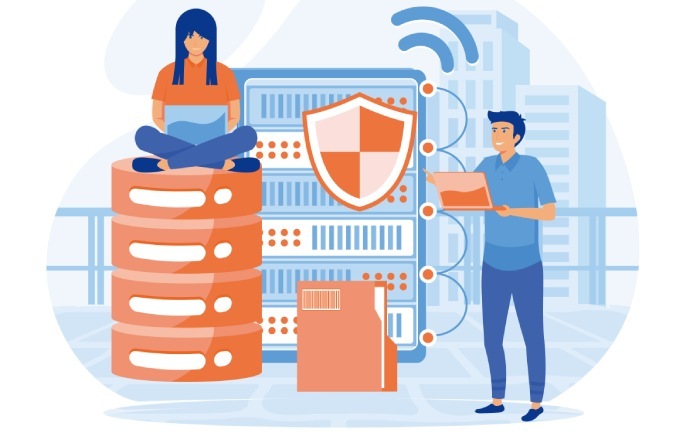
Start with p=none to collect data and understand the scope of your email traffic. Once you are confident in your results, proceed to quarantine to test enforcement without complete rejection. The final stage is p=reject. It ensures only authenticated messages reach recipients.
Throughout the process, communication across departments is critical. Marketing, IT, and external partners must maintain alignment because authentication policies can have a direct influence on email deliverability. Set explicit responsibilities for who examines reports, updates DNS records, and responds to abnormalities. Periodic audits of permitted senders and service providers let you keep track of who is using your domain name and how.
Practical Protection. How Moonlock Helps Strengthen Email Security
DMARC protects the domain level. At the same time, endpoint protection remains an essential complement. Even the most secure email system can be compromised, especially if users interact with infected attachments or click on malicious links, and solutions like Moonlock come into play. Designed for Mac users, it combines anti-malware protection with practical cybersecurity education. Due to this, it’s one of the best tools for establishing safe digital habits and preserving personal data.
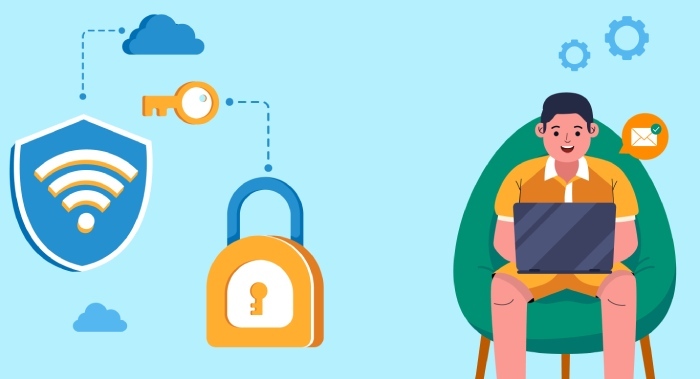
The software enables users to identify emerging threats and implement simple yet effective safeguards. The Moonlock Engine is integrated into the CleanMyMac program. It examines downloads, email attachments, and external drives for potential threats and neutralizes them. When combined with domain-level rules, such as DMARC, this layered approach creates a comprehensive shield. The one that protects organizational and individual layers of security.
Overcoming Implementation Challenges
Like most security frameworks, DMARC has its technical complexities. Standard stumbling blocks include overly broad SPF records that exceed:
- DNS lookup limits,
- Inconsistent DKIM signatures between subdomains,
- Key synchronization issues after infrastructure updates.
Addressing these issues requires careful planning and regular maintenance. Flattening SPF records, rotating DKIM keys, and periodically checking DNS configurations ensure reliability. Many teams find it helpful to maintain test mailboxes across different providers to confirm that legitimate messages are delivered as expected after every significant change.

In other words, effective DMARC deployment is not just about the setup — it’s about continuous tuning and validation.
Building a Culture of Email Awareness
Technology alone cannot secure communication. Sustainable protection depends on informed users and well-coordinated internal systems. Implement regular phishing awareness training. Simulate attacks. Ensure and control clear reporting channels. Thus, you’ll transform employees into active players in the organization’s security system.
Assigning specialized responsibilities reduces reaction time and enhances teamwork. These can be a DNS administrator, DMARC report analyst, or incident manager. When everyone understands their roles, even a small security team can confidently and efficiently tackle threats.

Conclusion
DMARC is more than just a technical setting. It is a strategic framework that allows enterprises to understand who is using their domain and prevent abuse. As a result, they need to build trust in their communications.
Businesses can significantly reduce the risk of phishing and domain spoofing. They may do this by combining SPF and DKIM authentication with continuous monitoring, automation, and endpoint protection products.
Finally, improving email security is about more than just securing servers. It’s also about protecting people, reputations, and relationships. DMARC reports provide organizations with the visibility they need to take action effectively.

